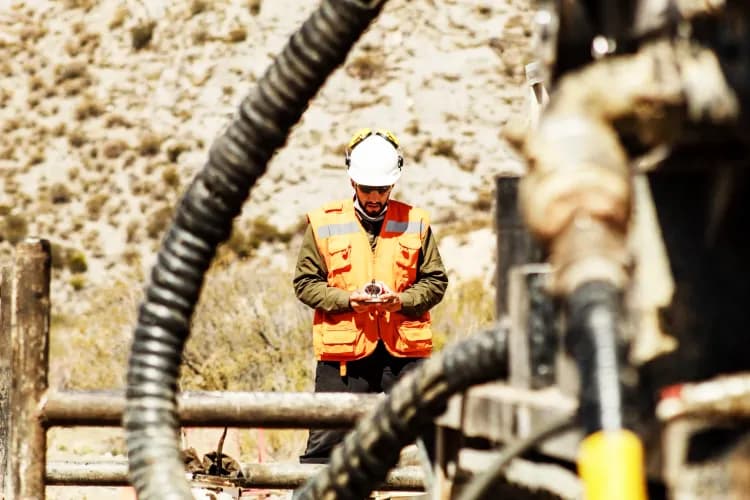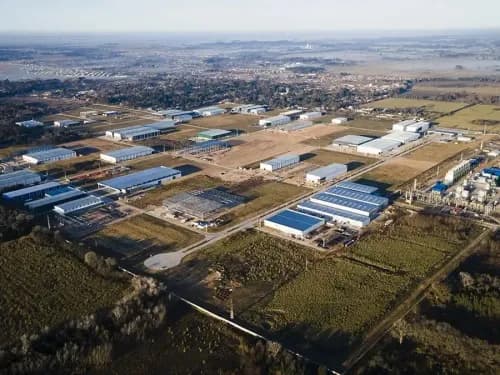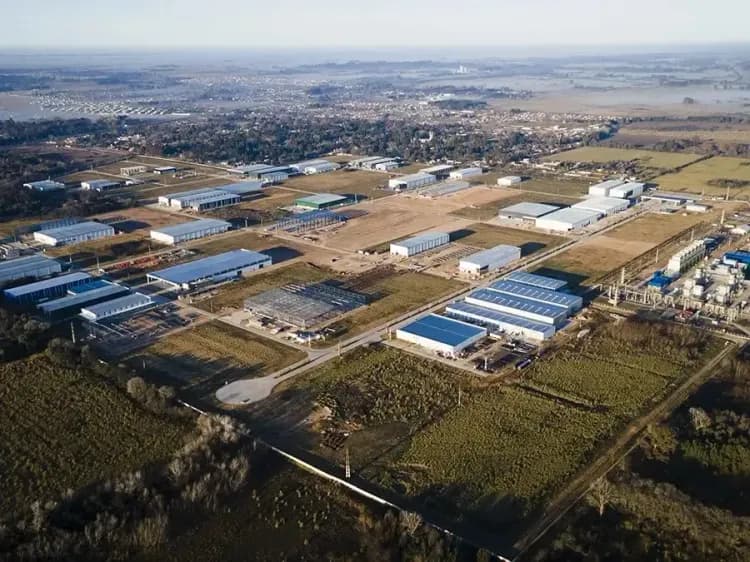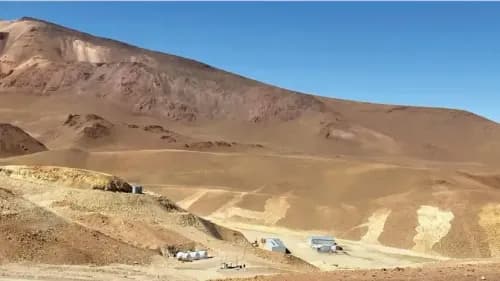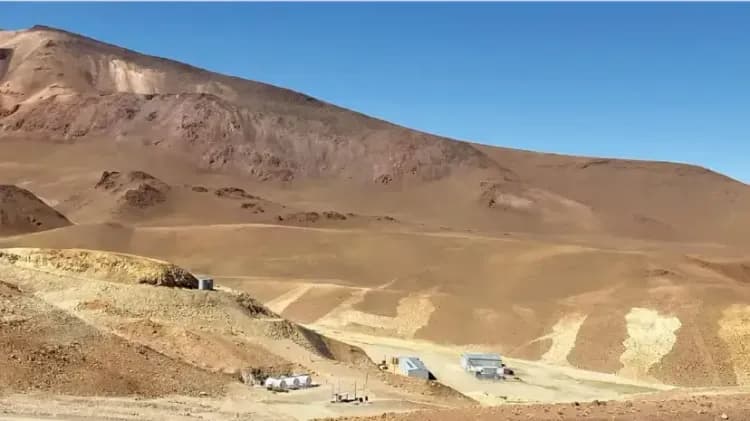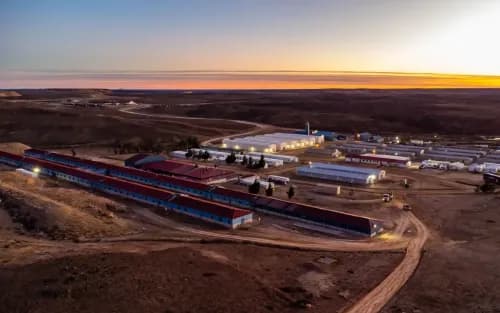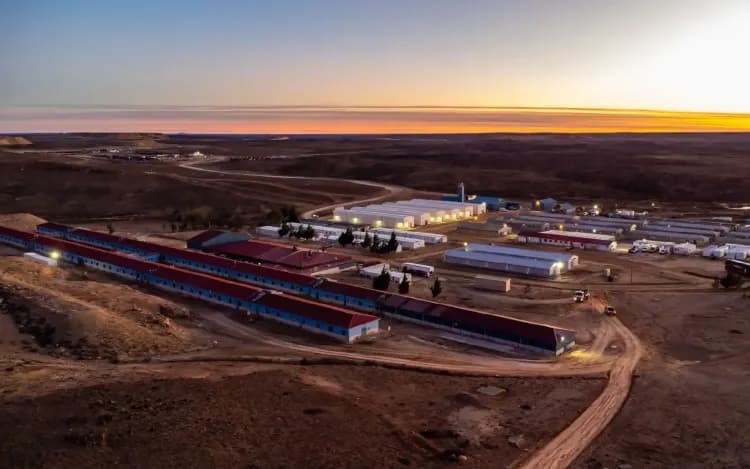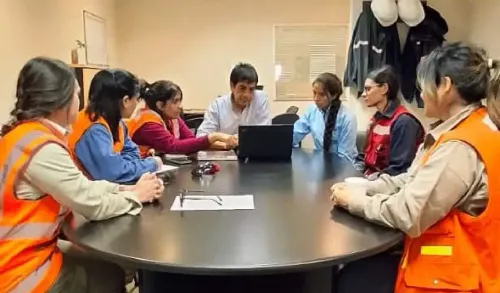Executives, analysts, union leaders, and government officials share a common goal: increasing the value added to Argentina’s lithium production. Yet their approaches and timelines diverge significantly. A technical perspective presented by Chilean analyst Daniel Jiménez warns that local industrialization could, in fact, be destroying value rather than creating it.
By Panorama Minero
Argentina’s lithium sector is undergoing an unprecedented expansion. Alongside rising production, a crucial debate has emerged: how far and in what direction should the country move toward higher value-added production? While there is broad agreement on the importance of building a more integrated industry, opinions differ on how to do so. This discussion was reflected during the 14th International Seminar on Lithium in South America, organized by Panorama Minero, where various stakeholders presented complementary—and sometimes contrasting—views.
Federico Gay, Principal Lithium Analyst at Benchmark Mineral Intelligence, emphasized that South America is entering a new stage of global leadership. “The region will double its production; within two years it will become the world’s largest producer, and that growth will come from Argentina,” he stated. However, he also warned against excessive industrial optimism. “Producing batteries here would be a dream, but today it’s very difficult. We need cobalt, nickel, and significant energy capacity—none of which Argentina produces. First, we must strengthen the supply chain and focus on competitiveness,” he said.
Gay stressed that maintaining low costs and operational efficiency should be the priority. “It’s not enough to have the best deposits or grades; what makes us competitive is the ability to produce at lower cost,” he explained.
From the corporate side, Ignacio Costa, General Manager of Rio Tinto Argentina, agreed that the country must move toward a stronger value chain, but with a different interpretation of current progress. “Lithium carbonate already represents an important step in generating added value,” he noted. For Costa, Argentina is going through an initial stage of industrial transformation that deserves to be deepened. “We’ve built a level of consensus that allows us to project a more integrated growth path in the coming years,” he added.
Representing the labor sector, Héctor Laplace, Secretary General of AOMA, underscored the importance of ensuring that mining development translates into national progress. “We don’t want to be just an extractive country. We want value addition, growth for our nation, and jobs for Argentines,” he said. Laplace also highlighted the federal dimension of the challenge: “The provinces, the regions, and Indigenous communities must be the first to benefit from this wealth.”
Meanwhile, Marcelo Murúa, Minister of Mining of Catamarca, outlined a strategic vision centered on provincial industrialization and local integration. “Mining has great potential to capture more foreign direct investment through industrialization,” he explained. According to Murúa, efforts should focus on two fronts: “First, advancing in the production of batteries or cathodes—that’s the type of industrialization we should aim for. And second, ensuring that every input or service required by mining can be produced in Argentina.”
An Economic Perspective on Industrialization at the Source
Among the most notable technical contributions at the event, Daniel Jiménez, founding partner of iLiMarkets and former Senior Vice President of Lithium and Iodine at SQM, offered an analysis that challenges the prevailing vision of local value addition. In his presentation—titled “Own Goal: Why the Pursuit of Industrialization Is Destroying Value”—he argued that producing lithium carbonate (Li₂CO₃) domestically may be less profitable than focusing on the production and export of lithium chloride (LiCl), an intermediate product that could reduce costs and risks under current conditions.
Jiménez explained that integrated refiners outside China—such as those operating in Latin America—are currently destroying value, while Chinese refiners operate at near-zero margins. He estimated that producing lithium carbonate in Argentina costs between US$2.5 and US$3 more per kilogram of LCE than producing LiCl locally and refining it in China. “If Argentine producers captured just half of those savings, their profits could rise by US$60 million today and up to US$150 million by 2030,” he said.
The expert also pointed out that the current conversion process demands extensive logistics for inputs, particularly sodium carbonate: more than 75 truckloads per day are required to supply the high-altitude plants. Shifting to a LiCl-focused strategy, he argued, could reduce this dependency and save between US$160 and US$200 million annually in operating costs by 2030, in addition to cutting CAPEX by US$500–750 million per year.
From his perspective, pursuing full industrialization within national borders not only raises costs but could also limit productive expansion. “The most efficient development path would be to concentrate on lithium extraction and concentration, exporting a competitive intermediate product for refining in established industrial hubs,” he summarized.
The iLiMarkets analysis also introduced a technological factor: next-generation batteries—such as solid-state or Gen 4 LFP cathodes—are likely to rely on LiCl or LiH₂PO₄ instead of lithium carbonate. “History shows that betting on a single chemical is risky; producing an intermediate product is the safer path,” warned Jiménez, who suggested that Argentina could maintain fiscal revenue by adapting its royalty system to a differentiated model, similar to Australia’s, which applies varying rates based on the level of processing.
A Debate That Defines the Development Model
Jiménez’s presentation revived a central question for Argentina’s mining agenda: does true value addition lie in local industrialization or in optimizing global competitiveness?
While companies and government officials advocate for the construction of local conversion plants, the former SQM executive’s perspective suggests that sustainable development may depend on strengthening efficient primary production, reducing risks, and integrating with international refining and manufacturing centers.
Thus, the debate over lithium value addition does not simply divide those for or against industrialization—it exposes two fundamentally different development strategies: one seeking to build domestic industrial capacity, and another prioritizing global integration and economic efficiency.


